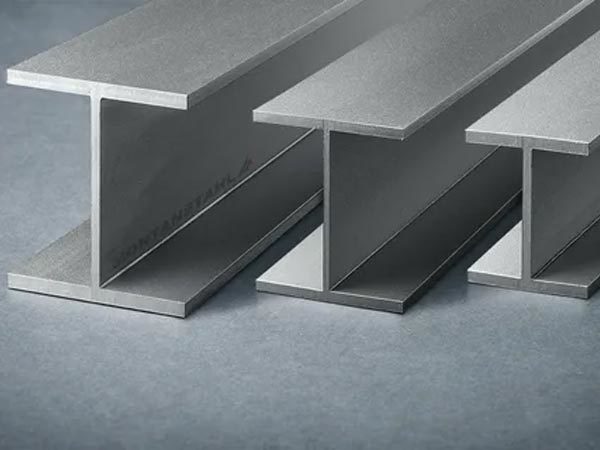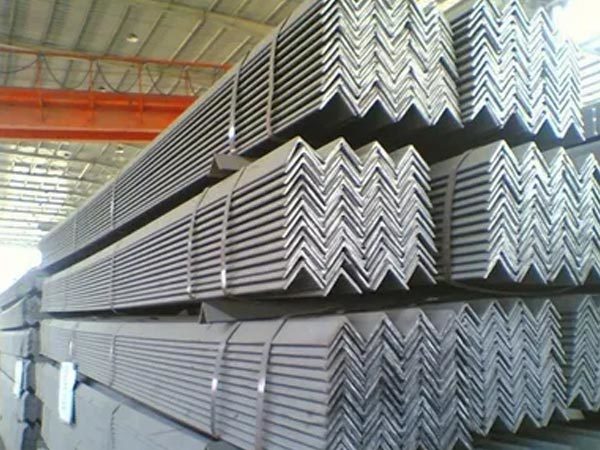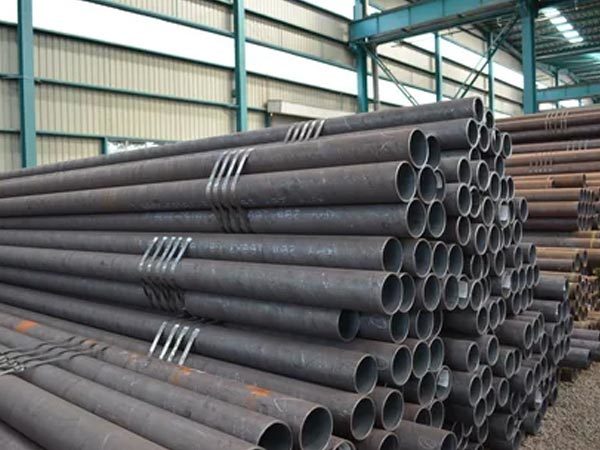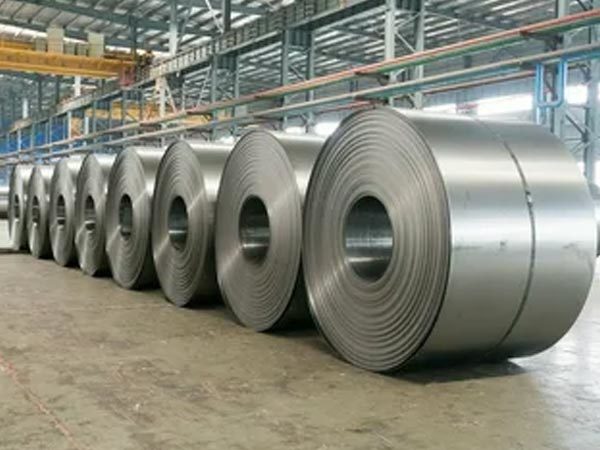Which one has better load-bearing capacity, I-beam or channel steel?
I-beam and channel steel are commonly used structural steel materials in the construction industry, and are widely used in steel structure houses, bridges and other construction fields. In specific applications, single or multiple pieces can be overlapped according to engineering needs to improve the load-bearing capacity.
Angle steel specifications and common sense
There are different standards for angle steel, including national standards, ISO standards and JIS standards. The model of the national standard angle steel consists of a number indicating the width of the angle steel and a letter indicating the thickness of the angle steel. For example, L45×3 means that the angle steel width is 45 mm and the thickness is 3 mm. ISO standard angle steel and JIS standard angle steel are relatively close to the international ISO standards, but there are certain differences. In addition, the dimensional parameters of Japanese standard angle steel include length, width and thickness, and its shape parameters include cross-sectional shape and number of sides. Angle steel of different shapes has different load-bearing capacity and stability, and is suitable for different structural types.
What is the function of steel pipe
Commonly used in oil and gas transportation, urban water supply, infrastructure construction, marine engineering and other fields. They can withstand high pressure and temperature, ensure the safe transportation of energy, and effectively transport large amounts of water to ensure daily water needs.
What is the density of steel coils?
Generally speaking, the stronger, harder, and more corrosion-resistant the steel coil material is, the greater its density will be. Likewise, the thickness of the steel coil also affects its density.
Advantages and Disadvantages of Steel Plate and Aluminum Alloy Plate
The advantages of aluminum alloy plates include light weight, strong corrosion resistance, recyclability, good electrical and thermal conductivity, and are suitable for light projects and occasions where structural load needs to be reduced. Its disadvantages are low hardness, poor wear resistance, and limited use at high temperatures.








